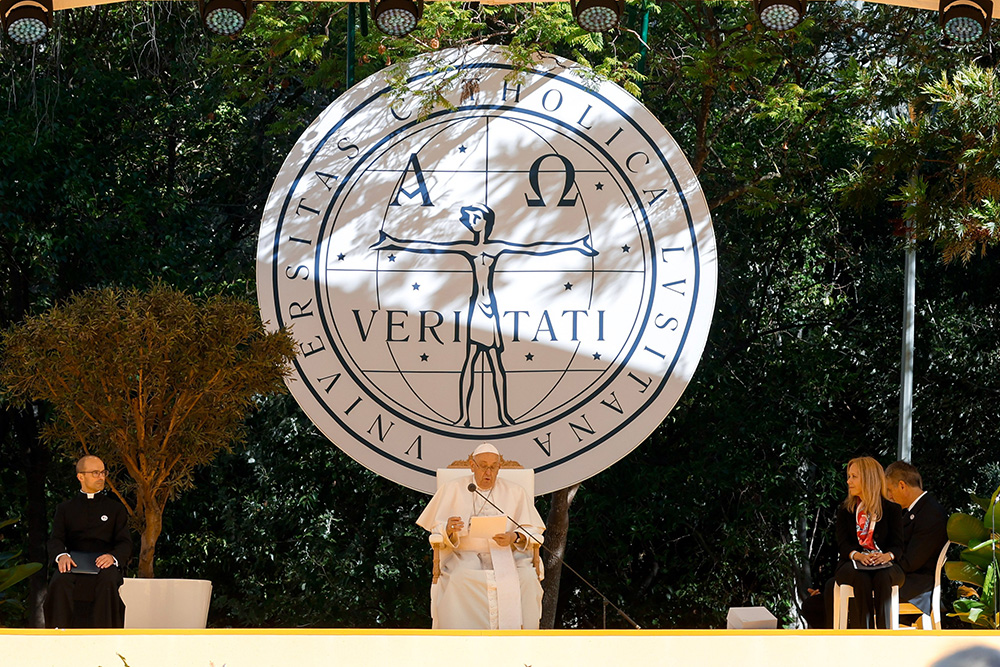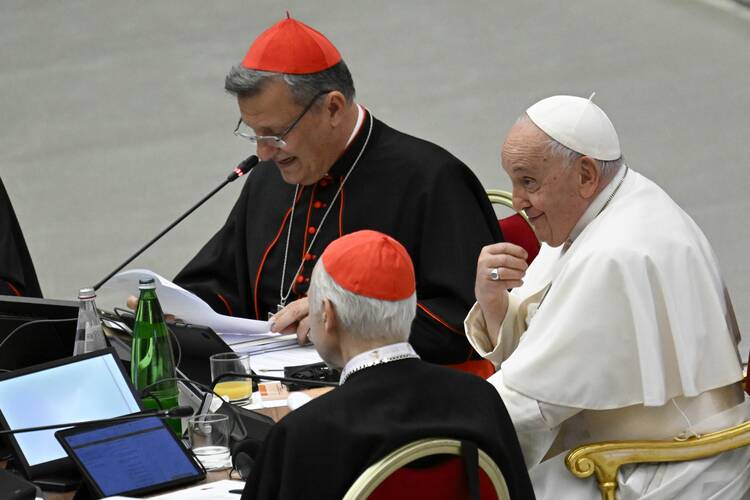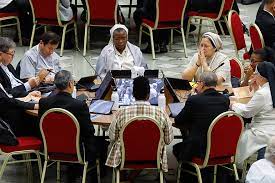~ by Gerard O’Connell, AMERICA
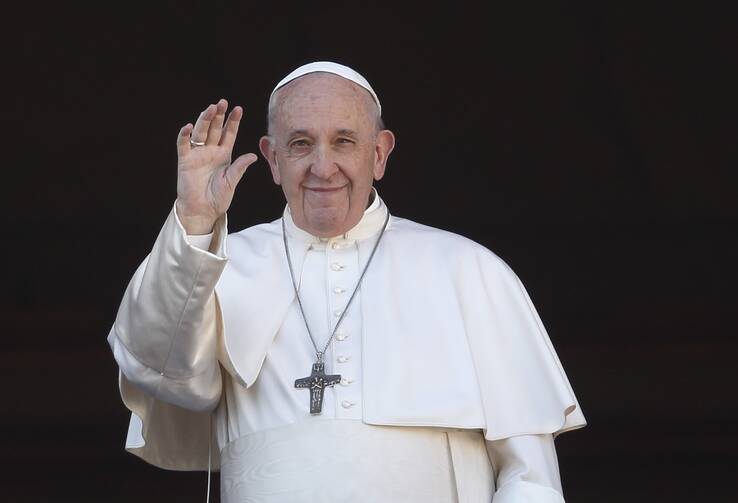
Pope Francis greets the crowd as he leads his Christmas message and blessing “urbi et orbi” (to the city and the world) from the central balcony of St. Peter’s Basilica at the Vatican Dec. 25, 2019. (CNS photo/Paul Haring) See POPE-URBI–ORBI Dec. 25, 2019.
When the cardinals voted to elect Jorge Mario Bergoglio as the 265th successor of St. Peter on the evening of March 13, 2013, few of them imagined what kind of pope he would be. They surprised the world by electing the first Latin American and first-ever Jesuit pope. But the 76-year-old archbishop of Buenos Aires surprised them in even bigger ways from the moment of his election by choosing a name no previous pope had dared to take—Francis. He continued to surprise them right up to the very end of his 13-year pontificate.
His death on April 21, 2025, concluded a momentous and at times turbulent papacy that both supporters and detractors of the pontiff would agree has changed the church in significant ways.
“At 7:35 this morning, the Bishop of Rome, Francis, returned to the home of the Father. His entire life was dedicated to the service of the Lord and of his Church,” Cardinal Kevin Farrell, the Vatican camerlengo, said in an announcement Monday.
“He taught us to live the values of the Gospel with faithfulness, courage, and universal love, especially for the poorest and most marginalized.”
On the night of his election, the world quickly discovered that Francis was not only a spiritual, humble man, but he was also an inspiring leader with a fearlessness that had been forged during the years of military dictatorship in his homeland of Argentina.
His first public appearance on the central balcony of St. Peter’s Basilica soon after his election revealed that he possessed a sense of humor and a gift for communicating by word and deed in ways that reached people’s hearts. No pope in recorded history had bowed down before the crowd in St. Peter’s Square and asked them to pray to God to bless him before he imparted his first blessing to them.
From the beginning to the end of his pontificate, Francis was ever a Jesuit, the first Jesuit pope. During his early life, he delved deep into the springs of Ignatian spirituality, and this greatly enriched and influenced his thinking and writing and his governance of the Roman Curia and the Catholic church worldwide. He had met Pedro Arrupe, S.J., in Santa Fe, Argentina, in late 1965, soon after Father Arrupe’s election as father general of the Society, and was greatly inspired by him. As pope, he prayed at Arrupe’s tomb in the church of the Gesú in Rome, and visited the rooms where St. Ignatius spent the last period of his life.
Pope Francis asked to be buried in the Basilica of St. Mary Major in Rome, close to the revered ancient icon of Our Lady, Protectress of the Roman People, an image to which the Jesuit order has been particularly devoted from its beginning. As a cardinal Pope Francis used to pray there on his visits to Rome before becoming pope, and where he went to pray more than 100 times during his pontificate, including before and after his foreign trips. It is perhaps fitting, therefore, that the first Jesuit pope will be laid to rest in this basilica, where St. Ignatius Loyola, the founder of the Jesuits, celebrated his first Mass as a priest on Christmas night, 1538, and where Francis so often prayed.
To read the entire remembrance, please click here
Material from the Associated Press was used in this report. Papal logo: USCCB


 Vatican News – The Holy See Press Office updated Pope Francis’ condition on Thursday morning.
Vatican News – The Holy See Press Office updated Pope Francis’ condition on Thursday morning. Pope Francis and members of the Synod of Bishops on synodality pose for a photo after the synod’s final working session Oct. 26, 2024, in the Paul VI Audience Hall at the Vatican. (CNS photo/Vatican Media)
Pope Francis and members of the Synod of Bishops on synodality pose for a photo after the synod’s final working session Oct. 26, 2024, in the Paul VI Audience Hall at the Vatican. (CNS photo/Vatican Media)

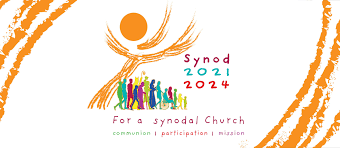 ~ by Gerard O’Connell for AMERICA
~ by Gerard O’Connell for AMERICA